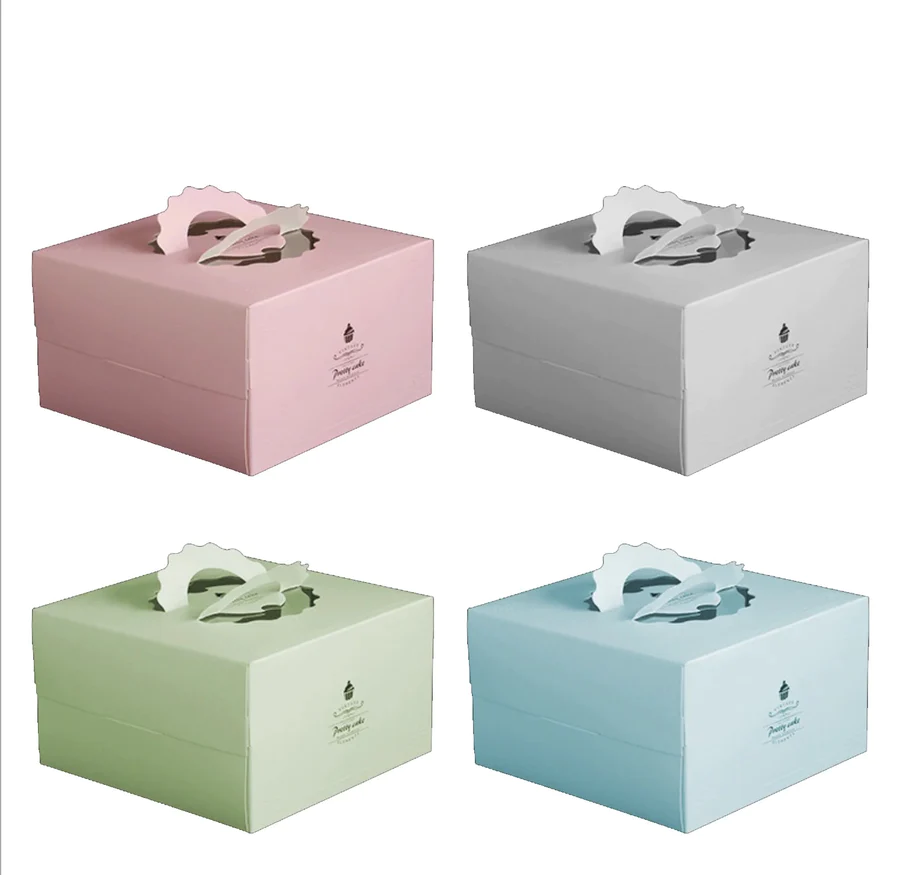The Rise and Challenges of Plastic Cups A Double-Edged Sword
Plastic cups have become ubiquitous in our daily lives, appearing at parties, picnics, fast-food restaurants, and even more formal gatherings. Their convenience, affordability, and lightweight nature make them an attractive option for consumers and businesses alike. However, this widespread use has also sparked a significant debate regarding their environmental impact and sustainability. In this article, we will explore the various aspects of plastic cups, from their benefits to the challenges they pose, and discuss potential alternatives.
The Benefits of Plastic Cups
One of the most notable advantages of plastic cups is their convenience. Made from materials such as polypropylene or polystyrene, these cups are durable, lightweight, and resistant to breaking. This makes them ideal for casual settings where glassware might be deemed inappropriate or impractical. Furthermore, plastic cups come in a variety of designs and sizes, catering to numerous occasions—whether it’s a birthday party, a wedding, or a casual barbecue in the backyard, there is a plastic cup to suit every need.
Additionally, plastic cups are often disposable, which can be a double-edged sword
. On one hand, this disposability makes them an easy solution for cleanup after events, reducing the burden of washing dishes and eliminating the risk of breakage. On the other hand, this very quality contributes to the growing problem of plastic waste in our environment.The Environmental Concerns
Despite their convenience, the environmental implications of plastic cups cannot be ignored. In recent years, there has been increasing public awareness about plastic pollution. Single-use plastics, including cups, contribute significantly to the pile of waste that ends up in landfills and the ocean. In fact, millions of tons of plastic waste are produced globally each year, and a significant portion of this waste consists of disposable items that are used for only a few minutes before being discarded.
plastic cups

Plastic cups take hundreds of years to decompose, leaching harmful chemicals into the soil and waterways during that time. Marine life is especially vulnerable; many species mistake small plastic pieces for food, leading to ingestion that can be harmful or even lethal. The impact of plastic pollution extends beyond wildlife, affecting entire ecosystems and human health as toxins make their way up the food chain.
Alternatives to Plastic Cups
In light of the environmental concerns associated with plastic cups, various alternatives are gaining traction. One prominent option is the use of biodegradable or compostable cups made from materials like cornstarch or bamboo. These options break down more quickly in the environment, reducing their ecological footprint.
Reusable cups, such as those made from stainless steel or glass, present another viable solution. While they require an upfront investment, their durability and longevity make them more economical in the long run, as they can drastically reduce waste. Many cafes and events are even adopting a system of discounts for customers who bring their own cups, further incentivizing sustainable behavior.
Conclusion
Plastic cups symbolize a blend of convenience and environmental challenge in our modern society. While they serve a useful purpose in our daily lives, their impact on the planet cannot be overlooked. By raising awareness about the consequences of plastic use and actively seeking out sustainable alternatives, we can take meaningful steps toward reducing plastic waste. Societal shifts towards eco-friendly practices, combined with innovative alternatives, may help us find a balance between convenience and sustainability. Ultimately, it is our collective responsibility to reduce our reliance on single-use plastics and work towards a cleaner, healthier environment for future generations.



